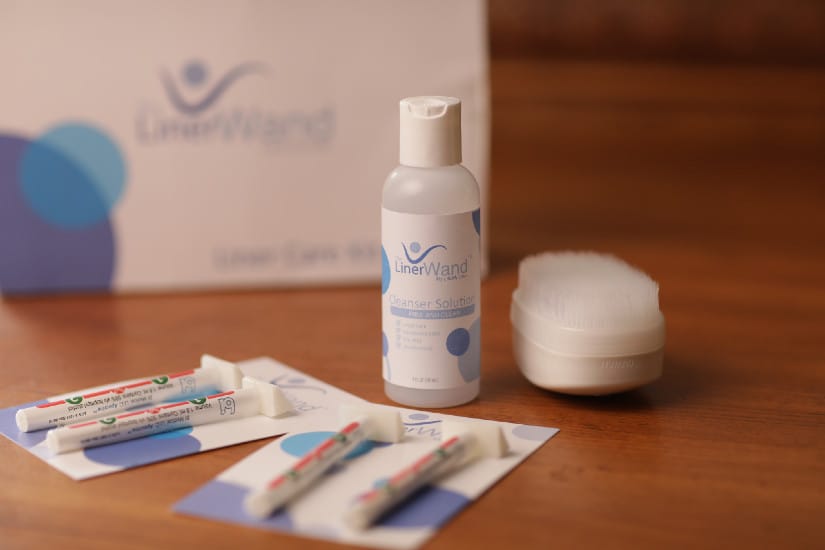
Keeping your liner clean with the Liner Wand. It is something I needed to learn about being an amputee. When my stump healed I was given my first prosthesis. Along with it came a rubber liner. There were no instructions about how to keep the liner clean so I did my best with soap and water but it did not reduce the number of bacteria and fungus present. Even when the prosthetist saw a fungal infection growing on my stump he said to put some anti-fungal cream on it not to mention that the liner may be the source of the infection. I would still be using soap and water if I had not seen an article on the Liner Wand.
The Liner Wand Experience
In my research on keeping my prosthetic liner clean and free of infection, I discovered the Liner Wand. I was so impressed by their website (www.thelinerwand.com) that I contacted them to try it out. The box arrived promptly and was full of optimistic phrases like “Forget the Meaning of Can’t” and,” Let the Liner Wand bring you the freedom to perform at your best.” They have developed a patented Apocrine solution that creates a titanium barrier to decontaminate your liner and remove the bacteria by-product that causes odor and skin irritation. The Liner Wand claims to enhance your comfort and quality of life. As anyone who has dealt with an amputation quality of life has become an obsession.
The box has twelve liner wands, three soft scrub brushes, and a four-ounce cleanser Solution. The instructions were simple and clear. Brush your liner with a soft brush and the liner cleaning solution. This application of the Apocrine solution creates a protective titanium barrier that decontaminates your liner. Let it air dry. The liner Wand is pre-filled and it is easy to brush on an even coat. You are now protected for a full two weeks. Here are some before and after pictures of my liner. The cleaning solution leaves a slight shine. I found the whole process to be so easy. The Apocrine had a refreshing clean smell and dried quickly. The liner looked clean and smelled fresh after.
Keeping Your Liner Clean With The Liner Wand
The Liner Wand Prosthetic Liner Hygiene Kit
The Liner Wand: Comparing Methods for Cleaning A Prosthetic Liner





